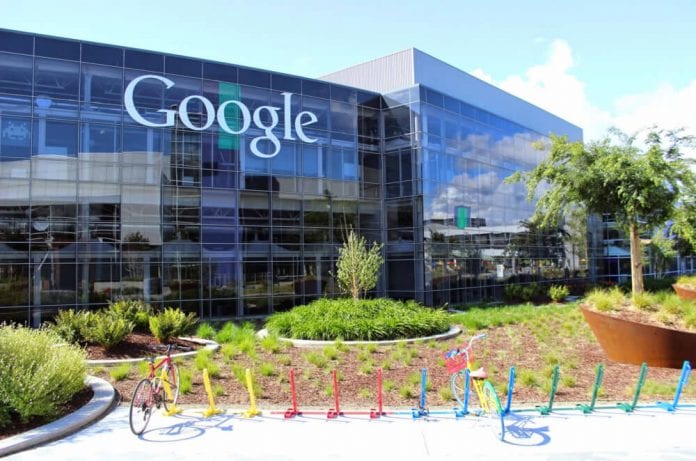Google continues to embark on projects that aim to make the world better. One of the company’s big projects will soon be coming to fruition. The undersea cable which is aimed at connecting the US and Japan is projected to go online by this week. The FASTER cable that Google will put online is expected to join the Japanese cities of Chikura and Shima to Bandon, Oregon in the US.
The project of laying undersea cables began in 2008 for Google and it many people saw it as one of the first major pushes in the data industry. Google at the time was seen as one of the first corporations that were venturing into undersea cable routes. Google partnered up with six other companies in a bid to make their plans of connecting to the Asian market much better. The partnerships which were mostly done in 2014 included with companies such as NEC, China Mobile, China Telecom, Global Transit and KDDI.
The FASTER cable is 9,000 km long and is an undersea cable which comprises of the latest high quality six fiber pair cable and it has 100Gb/s x 100 wavelengths optical transmission technologies. It also has an initial design capacity of around 60 Tb/s.
That means the FASTER cable is very fast, just as the name suggests. Just so you know how fast it is, imagine your average cable modem speed, and then multiply that by 10 million. Yes. That’s how fast it is. And as such because Google has loads of ridiculously high amounts of data to transfer therefore the speed in the FASTER cable is a necessity.
The cable is said to have coat Google around $300 million to create. That seems like a good deal considering the cable will have speeds of up to 60 terabytes per second. The added features in the cable will be of great use in the data transfer speed and also in reducing the latency and will help to enable the GCP customers and clients to deliver productive results and their applications to the customers around the globe.
Mr. Hiromitsu Todokoro, the Chairman of the FASTER Management Committee, spoke on the occasion marking the completion of the cable and said the name was as a result of their need to have a faster cable. He said the final result was a collaboration of six members and their expertise together with that of the NEC.
MR Ooi Seng Keat, the Vice President at Carrier Services of Singtel Group Enterprise, said that the completion of the FASTER cable system would go a long way in providing the capacity to support and enable the expected four-fold increase in the broadband traffic that has been in demand between Asian countries and the North American countries.
The added network redundancy and the ultra-low latency reinforces the leadership in the company’s international data services in the regions involved and also helps to boost their infrastructure to support their customer’s needs in data traffic.









